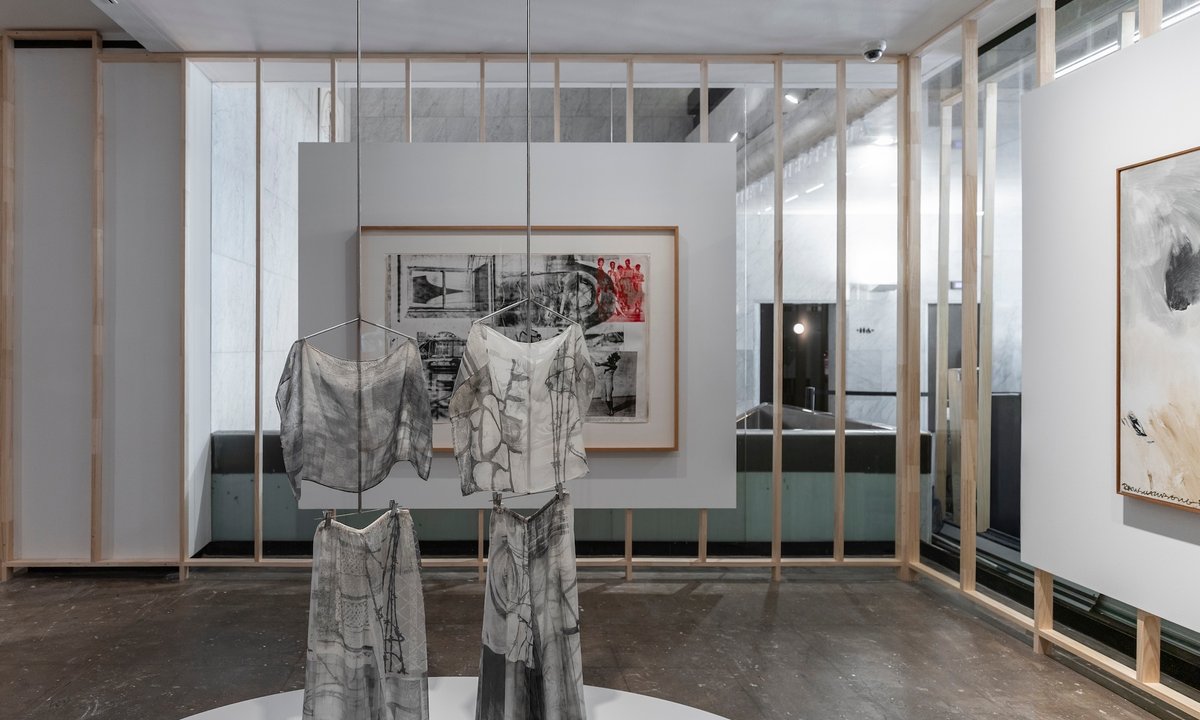JAKARTA, Indonesia (AP) — Gymnastics’ governing body gave a muted reaction Friday to Indonesia’s announcement that it would block Israeli athletes from competing at the upcoming world championships…
Author: admin
-

Look: Prince Harry, Meghan Markle honored at World Mental Health Day gala
1 of 4 | Co-Founders of The Archewell Foundation and Project Healthy Minds’ Humanitarians of the Year Award recipients Prince Harry and Meghan, Duke and Duchess of Sussex, arrive on the red carpet at the third annual World Mental Health Day Gala…Continue Reading
-

Scientists track 1,000 Martian dust devils racing at record speeds | Outdoors
Scientists track 1,000 Martian dust devils racing at record speeds | Outdoors | homenewshere.com
We recognize you are attempting to access this website from a country belonging to…
Continue Reading
-
Security forces repulse attack on DI Khan police training centre; at least 3 terrorists killed – Dawn
- Security forces repulse attack on DI Khan police training centre; at least 3 terrorists killed Dawn
- Blasts in Pakistan: Suspected suicide bombing and gunfire in Khyber Pakhtunkhwa; 3 dead Times of India
- Explosions Heard Near Police Training Centre…
Continue Reading
-

Comment | The anniversary exhibition industrial complex – The Art Newspaper
Lately, it feels as if not a year goes by without a critical mass of museums celebrating the anniversary of the birth or the death of some famous artist. Usually, the artist is male. Often, he is white. This autumn, the man of the hour is Robert…
Continue Reading
-
Just a moment…
Just a moment… This request seems a bit unusual, so we need to confirm that you’re human. Please press and hold the button until it turns completely green. Thank you for your cooperation!
Continue Reading
-

Cyclic peptide nanotubes offer new route to overcome cancer drug resistance
A research team at CiQUS (University of Santiago de Compostela, Spain) has unveiled an innovative molecular approach that enables anticancer drugs to reach the nucleus of tumor cells, where they can exert their therapeutic effect….
Continue Reading
-
Trump says no reason to meet China's Xi, threatens tariffs in new rift – Reuters
- Trump says no reason to meet China’s Xi, threatens tariffs in new rift Reuters
- Trump threatens to pull out of planned Xi meeting BBC
- Dow drops 500 points, S&P 500 falls the most since April after Trump’s China tariff threat: Live updates CNBC
- Trump threatens ‘massive’ China tariffs as Beijing restricts rare-earth exports The Guardian
- Stock market today: Dow, S&P 500, Nasdaq plummet as Trump threatens ‘massive increase’ on China tariffs Yahoo
Continue Reading
-

Epson Unveils Lifestudio Projectors with Sound by Bose and 4K HDR
Epson announced a brand-new line of Lifestudio projectors, which the company points out, are the world’s first projectors to feature Sound by Bose technology.
From personal and portable to ultra short throw, Epson…
Continue Reading
-

Study shows how solar eclipse made some birds sing like a new day dawned
By Will Dunham
WASHINGTON (Reuters) -On April 8, 2024, a total solar eclipse traversed a wide swathe of North America stretching 2,500 miles (4,000 km) from Mexico’s Pacific Coast through Texas and across 14 other U.S. states into Canada. The…
Continue Reading
